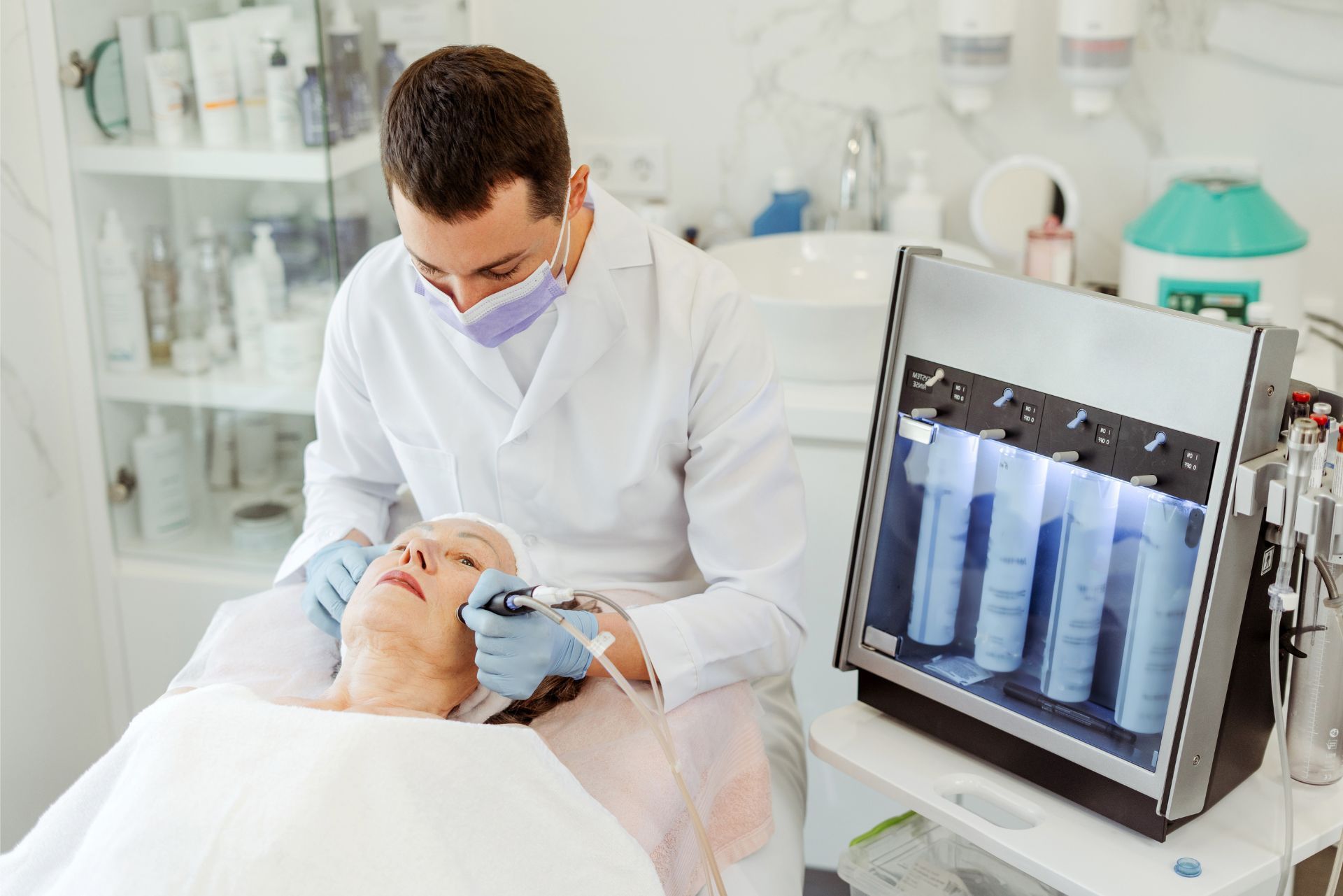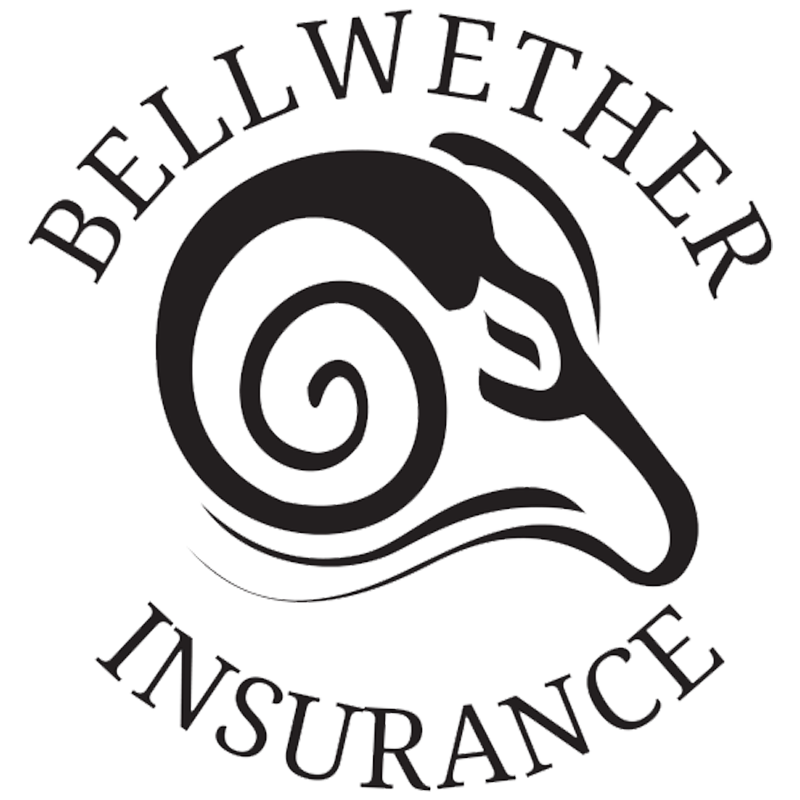Ohio Dermatology Business Insurance

Index
Understanding the Importance of Business Insurance
Essential Types of Insurance for Dermatology Practices
Additional Coverage Options to Consider
Factors to Consider When Choosing Insurance
Finding the Right Insurance Provider
Cost of Dermatology Business Insurance in Ohio
Staying Compliant with Ohio Regulations
Contact Us
Phone
216-600-2828
Location
100 N. Center Street PO Box 627 LaGrange, OH 44050
Operating a dermatology practice in Ohio comes with its unique set of challenges and responsibilities. One of the most critical aspects of running a successful dermatology business is ensuring that it is adequately protected through insurance. This article aims to provide a comprehensive overview of the various types of insurance available for
dermatology practices in Ohio, the specific risks involved, and the essential considerations when selecting the right coverage.
Understanding the Importance of Business Insurance
business insurance is vital for any healthcare practice, including dermatology. It not only protects the business from financial losses but also provides peace of mind for practitioners and their patients. In Ohio, dermatology practices face specific risks, including malpractice claims, property damage, and employee-related issues. Therefore, having the right insurance coverage is essential for safeguarding the practice's future.
Types of Risks Faced by Dermatology Practices
Dermatology practices encounter a variety of risks that can lead to significant financial burdens. These include:
- Malpractice Claims: Dermatologists are at risk of being sued for negligence, misdiagnosis, or improper treatment. Malpractice insurance is crucial in protecting against these claims.
- Property Damage: Natural disasters, theft, or vandalism can lead to substantial property damage. Having property insurance ensures that the practice can recover from such incidents.
- Employee Injuries: Like any other business, dermatology practices must consider the risk of workplace injuries. Workers' compensation insurance covers medical expenses and lost wages for employees injured on the job.
Peace of Mind for Practitioners and Patients
Having the right insurance coverage not only protects the practice financially but also enhances the trust patients have in their dermatologists. When patients know that their healthcare provider is adequately insured, they are more likely to feel secure in the care they receive. This trust can lead to better patient retention and a stronger reputation within the community.
Moreover, the presence of comprehensive insurance can also facilitate smoother operations within the practice. For instance, in the event of a claim or incident, having a reliable insurance partner can streamline the process of addressing the issue, allowing practitioners to focus on patient care rather than legal or financial concerns. This operational efficiency is particularly important in a dermatology practice, where timely treatment can significantly impact patient outcomes. Additionally, many insurance providers offer risk management resources and training, which can help dermatologists identify potential hazards and implement preventive measures, further safeguarding both their practice and their patients.
Furthermore, in an era where patient expectations are continually evolving, having robust insurance coverage can be a unique selling point for dermatology practices. Patients are increasingly aware of their rights and the potential risks associated with medical treatments. By openly communicating the measures taken to protect both the practice and its patients, dermatologists can differentiate themselves in a competitive market. This proactive approach not only fosters a sense of security among patients but also positions the practice as a responsible and trustworthy provider in the healthcare landscape.

Essential Types of Insurance for Dermatology Practices
There are several types of insurance policies that dermatology practices in Ohio should consider. Each type serves a different purpose and addresses specific risks associated with running a medical practice.
1. Professional Liability Insurance
Professional liability insurance, often referred to as malpractice insurance, is one of the most critical types of coverage for dermatologists. This insurance protects against claims of negligence, errors, or omissions in the provision of medical services. Given the nature of dermatology, where patients may have high expectations for results, this insurance is essential. Dermatologists often perform procedures that can significantly impact a patient's appearance, such as cosmetic surgeries or laser treatments. Therefore, the stakes are high, and having this coverage can provide peace of mind, allowing practitioners to focus on delivering quality care without the constant worry of potential legal repercussions.
2. General Liability Insurance
General liability insurance provides coverage for claims related to bodily injury, property damage, and personal injury that may occur on the practice's premises. For instance, if a patient slips and falls in the waiting room, general liability insurance can cover medical expenses and legal fees associated with the claim. Additionally, this type of insurance can protect against claims arising from advertising injuries, such as copyright infringement or defamation, which can be particularly relevant for practices that engage in marketing their services online or through social media. In an era where online presence is crucial, ensuring that your practice is protected from such risks is vital for maintaining a reputable image.
3. Property Insurance
Property insurance protects the physical assets of the dermatology practice, including the building, equipment, and inventory. This coverage is crucial for ensuring that the practice can recover from incidents such as fire, theft, or natural disasters. In Ohio, where weather-related events can occur, having robust property insurance is particularly important. Furthermore, dermatology practices often rely on expensive equipment for diagnostics and treatments, such as lasers and imaging devices. If these tools were to be damaged or stolen, the financial burden of replacing them could be overwhelming. Property insurance not only safeguards against loss but can also include coverage for business interruption, ensuring that the practice can continue operating even after a significant setback. This aspect is essential for maintaining patient trust and ensuring a steady flow of income during recovery periods.
While the essential types of insurance provide a solid foundation, dermatology practices may also benefit from additional coverage options tailored to their specific needs. These options can help mitigate risks that are unique to the healthcare industry, ensuring that practices can operate smoothly even in the face of unforeseen challenges.
1. Workers' Compensation Insurance
Workers' compensation insurance is a legal requirement in Ohio for businesses with employees. This insurance covers medical expenses and lost wages for employees who are injured on the job. For dermatology practices, this could include injuries sustained during procedures or slips and falls within the office. Moreover, it can also cover mental health issues that arise from workplace stress, which is particularly relevant in high-pressure medical environments. Ensuring that your staff feels secure and supported not only helps in compliance with state laws but also fosters a positive workplace culture that can enhance employee retention and satisfaction.
2. Business Interruption Insurance
Business interruption insurance provides coverage for lost income and operating expenses if the practice is forced to close temporarily due to a covered event, such as a fire or natural disaster. This insurance can be vital for maintaining cash flow during challenging times. In addition to natural disasters, it can also cover interruptions caused by equipment failures, such as a malfunctioning laser or other essential dermatological devices. By having this coverage, dermatology practices can ensure that they have the financial resources to recover quickly, allowing them to resume operations and continue providing care to their patients without significant delays.
3. Cyber Liability Insurance
As dermatology practices increasingly rely on digital records and online communication, the risk of cyberattacks and data breaches has grown. Cyber liability insurance protects against the financial consequences of data breaches, including legal fees, notification costs, and credit monitoring for affected patients. Furthermore, this type of insurance can also cover the costs associated with restoring compromised data and enhancing security measures post-breach. Given the sensitive nature of patient information in dermatology, having robust cyber liability coverage not only protects the practice financially but also helps maintain patient trust and confidence in the practice's commitment to safeguarding their personal information.
Factors to Consider When Choosing Insurance
Selecting the right insurance for a dermatology practice involves careful consideration of several factors. Each practice is unique, and understanding specific needs is crucial for effective coverage.
1. Assessing Practice Size and Scope
The size and scope of the dermatology practice play a significant role in determining insurance needs. A larger practice with multiple employees and a broader range of services may require more comprehensive coverage compared to a solo practitioner. Evaluating the number of patients, staff, and services offered can help identify the right policies. Additionally, practices that engage in specialized treatments, such as cosmetic dermatology or surgical procedures, may need to consider additional liability coverage to protect against the higher risks associated with these services. Understanding the full spectrum of operations is essential in tailoring an insurance plan that effectively mitigates potential risks.
2. Understanding State Regulations
Ohio has specific insurance regulations that dermatology practices must adhere to. Understanding these regulations is essential for compliance and ensuring that the practice is adequately protected. Consulting with an insurance professional familiar with Ohio's healthcare laws can provide valuable insights. Moreover, staying updated on any changes in legislation or regulatory requirements is vital, as these can directly impact insurance needs. For instance, new laws regarding telehealth services or patient data protection may necessitate adjustments in coverage to ensure that the practice remains compliant and safeguarded against potential liabilities.
3. Budget Considerations
Insurance costs can vary significantly based on coverage limits, deductibles, and the specific risks associated with the practice. It's essential to establish a budget for insurance and seek quotes from multiple providers to find the best coverage at a reasonable price. Balancing cost and coverage is crucial for long-term financial health. Additionally, practices should consider the potential financial impact of not having adequate insurance, as the costs associated with lawsuits or claims can far exceed the price of comprehensive coverage. Exploring options like bundling different types of insurance, such as general liability and professional liability, can also lead to cost savings while ensuring robust protection for the practice.
Finding the Right Insurance Provider
Choosing the right insurance provider is as important as selecting the appropriate coverage. The right provider can make a significant difference in the overall experience of managing insurance for a dermatology practice. An ideal insurance partner not only offers the necessary coverage but also understands the unique challenges faced by dermatologists, such as the need for specialized liability coverage and the intricacies of patient care.
1. Researching Insurance Companies
Start by researching insurance companies that specialize in healthcare and, more specifically, dermatology practices. Look for providers with a strong reputation, positive customer reviews, and a history of serving medical professionals. This research can help narrow down potential candidates. Additionally, consider reaching out to fellow dermatologists or industry associations to gather recommendations and insights. Networking within the dermatology community can provide firsthand accounts of experiences with various insurance providers, which can be invaluable in making an informed decision.
2. Comparing Coverage Options
Once a list of potential providers is established, compare the coverage options they offer. Pay attention to policy limits, exclusions, and additional features. Some providers may offer bundled packages that can provide comprehensive coverage at a discounted rate. It's also essential to evaluate the claims process of each provider, as a streamlined and efficient claims experience can save time and reduce stress in the event of an incident. Understanding how each provider handles claims, including their response times and customer service quality, can further guide your decision-making process.
3. Seeking Professional Advice
Consulting with an insurance broker or agent who specializes in healthcare can provide valuable insights. These professionals can help identify the specific needs of the dermatology practice and recommend suitable coverage options. Their expertise can also assist in navigating the complexities of insurance policies. Furthermore, they can help you stay updated on any changes in regulations or industry standards that may affect your coverage needs. Engaging with a knowledgeable broker can also facilitate negotiations with insurance companies, potentially leading to better terms and pricing tailored to your practice's unique circumstances.
Cost of Dermatology Business Insurance in Ohio
The cost of business insurance for dermatology practices in Ohio can vary widely based on several factors. Understanding these factors can help practices budget appropriately and make informed decisions.
1. Factors Influencing Insurance Premiums
Several factors influence the cost of insurance premiums for dermatology practices, including:
- Practice Size: Larger practices with more employees and higher patient volumes typically face higher premiums.
- Location: The geographic location of the practice can impact rates, with urban areas often experiencing higher costs due to increased risk.
- Claims History: Practices with a history of claims may face higher premiums, while those with a clean record may benefit from lower rates.
2. Average Costs for Coverage
While costs can vary, dermatology practices in Ohio can expect to pay anywhere from a few thousand to tens of thousands of dollars annually for comprehensive insurance coverage. Professional liability insurance, for instance, can range from $3,000 to $10,000 per year, depending on the practice's size and risk profile.
3. Strategies for Reducing Insurance Costs
Practices can implement several strategies to reduce insurance costs, such as:
- Improving Risk Management: Implementing safety protocols and training staff can reduce the likelihood of claims, leading to lower premiums.
- Bundling Policies: Many insurance providers offer discounts for bundling multiple policies, such as general liability and property insurance.
- Regularly Reviewing Coverage: Periodically reviewing insurance policies can ensure that the practice is not overpaying for unnecessary coverage.

Compliance with state regulations is essential for dermatology practices in Ohio. Understanding the legal requirements surrounding insurance can help practices avoid penalties and ensure they are adequately protected.
1. Mandatory Insurance Requirements
Ohio law mandates certain types of insurance for healthcare practices, including workers' compensation insurance. Dermatology practices must ensure compliance with these regulations to operate legally and protect their employees.
2. Keeping Up with Changes in Legislation
Healthcare laws and regulations can change frequently. Staying informed about any changes in Ohio's insurance requirements is crucial for maintaining compliance. Regularly consulting with legal and insurance professionals can help practices stay up to date.
3. Documenting Insurance Coverage
Maintaining accurate documentation of insurance coverage is essential for compliance and risk management. Dermatology practices should keep records of all insurance policies, coverage limits, and renewal dates to ensure they are adequately protected.
Conclusion
In summary, dermatology practices in Ohio must prioritize business insurance to protect against various risks and ensure compliance with state regulations. Understanding the essential types of coverage, evaluating specific needs, and selecting the right insurance provider are critical steps in safeguarding the practice's future.
By taking the time to assess risks, compare coverage options, and stay informed about industry trends, dermatologists can create a solid insurance strategy that supports their practice's growth and success. Ultimately, the right insurance not only protects the business but also enhances patient trust and satisfaction, contributing to a thriving dermatology practice in Ohio.


